Exploring the Role of Well Logging for Carbon Capture and Storage
Carbon Capture and Storage(CCS) is designed to capture CO2 emissions from industrial sources and store them underground to prevent their release into the atmosphere. A critical component of CCS is well logging, which provides detailed insights into subsurface formations to ensure the safe and effective storage of CO2. This article explores the role of well logging in Carbon Capture and Storage, detailing its techniques, applications, significance in supporting climate mitigation efforts and how simulation is used in well logging for CCS.
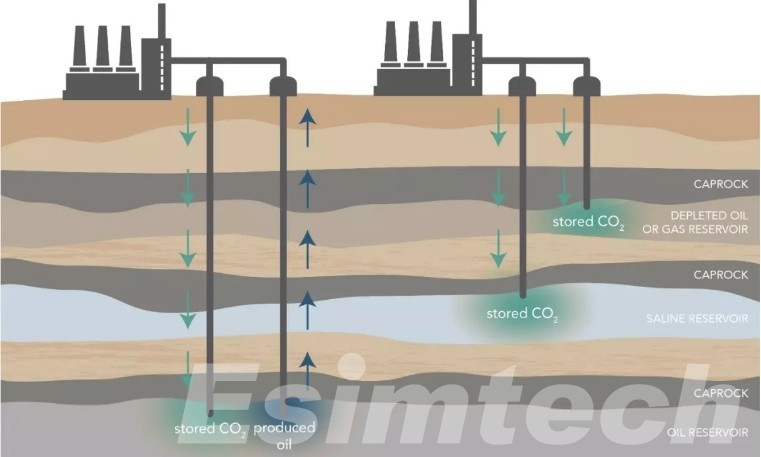
The Vital Functions of Well Logging in Carbon Capture and Storage(CCS)
Well logging is the process of recording and analyzing detailed information about the geological formations penetrated by a borehole.
1. Site Characterization
Before CO2 injection, well logging is used to characterize potential storage sites. Logs provide essential data on the porosity, permeability, and lithology of geological formations, helping to determine their suitability for CO2 storage.
2. Monitoring CO2 Injection
During the injection phase, well logging monitors the distribution and movement of CO2 within the reservoir. This real-time data ensures that CO2 is being stored as intended and helps detect any potential leaks or migration.
3. Long-term Surveillance
Post-injection, well logging continues to monitor the storage site to confirm that CO2 remains securely sequestered. This long-term surveillance is crucial for verifying the integrity of the storage site over decades.
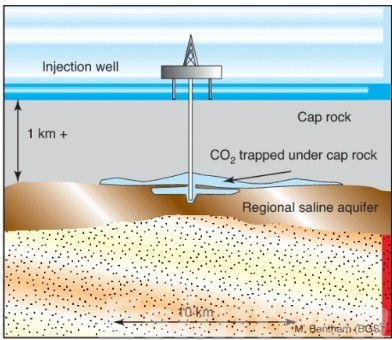
Key Well Logging Techniques for Carbon Capture and Storage(CCS)
1. Gamma Ray Logging
- Purpose: Identify different rock types and stratigraphic layers.
- Method: Measures the natural gamma radiation emitted by rocks.
Applications in CCS
- Differentiates between reservoir rocks, which can store CO2, and cap rocks, which act as seals to prevent CO2 from escaping.
- Helps map the geological layering, crucial for understanding the subsurface structure.
2. Resistivity Logging
- Purpose: Determine fluid content and porosity of rock formations.
- Method: Measures the electrical resistance of rocks.
Applications in CCS
- Assesses the storage capacity of the reservoir by identifying areas with high porosity.
- Determines the fluid saturation levels, helping to identify zones that can effectively store CO2.
- Monitors changes in resistivity to track CO2 movement within the reservoir.
3. Acoustic (Sonic) Logging
- Purpose: Provide data on rock density and mechanical properties.
- Method: Measures the speed of sound waves traveling through the rock formations.
Applications in CCS
- Evaluates the geomechanical stability of the storage site, ensuring that it can withstand CO2 injection pressures.
- Identifies fractures and faults that could impact CO2 storage security.
4. Neutron Logging
- Purpose: Infer porosity and fluid saturation of rock formations.
- Method: Measures the hydrogen content in the formations, as hydrogen is predominantly present in water and hydrocarbons.
Applications in CCS
- Helps determine the porosity of the reservoir rock, which is crucial for understanding how much CO2 can be stored.
- Monitors CO2 saturation levels to ensure efficient and secure storage.
5. Density Logging
- Purpose: Measure the bulk density of rock formations.
- Method: Uses gamma rays to measure electron density, which correlates with rock density.
Applications in CCS
- Provides information on rock composition and porosity.
- Helps identify potential storage zones and assess their capacity.
6. Temperature and Pressure Logging
- Purpose: Monitor conditions within the borehole during and after CO2 injection.
- Method: Continuous measurement of temperature and pressure.
Applications in CCS
- Ensures that injection conditions are within safe operational limits.
- Detects anomalies that could indicate leaks or other issues.
- Monitors the thermal behavior of the reservoir, which can affect CO2 distribution and storage integrity.
7. Pulsed Neutron Capture (PNC) Logging
- Purpose: Monitor changes in formation fluid composition.
- Method: Uses neutron capture reactions to identify elements in the formation.
Applications in CCS
- Provides a detailed analysis of the changes in fluid composition due to CO2 injection.
- Helps track CO2 plume movement and saturation over time.
8. Cement Bond Logging (CBL)
- Purpose: Evaluate the quality of the cement bond between the casing and the borehole wall.
- Method: Measures the amplitude of acoustic signals reflected by the cement and casing.
Applications in CCS
- Ensures the integrity of the wellbore seal to prevent CO2 leakage.
- Verifies that the cement job is adequate to isolate different geological layers.
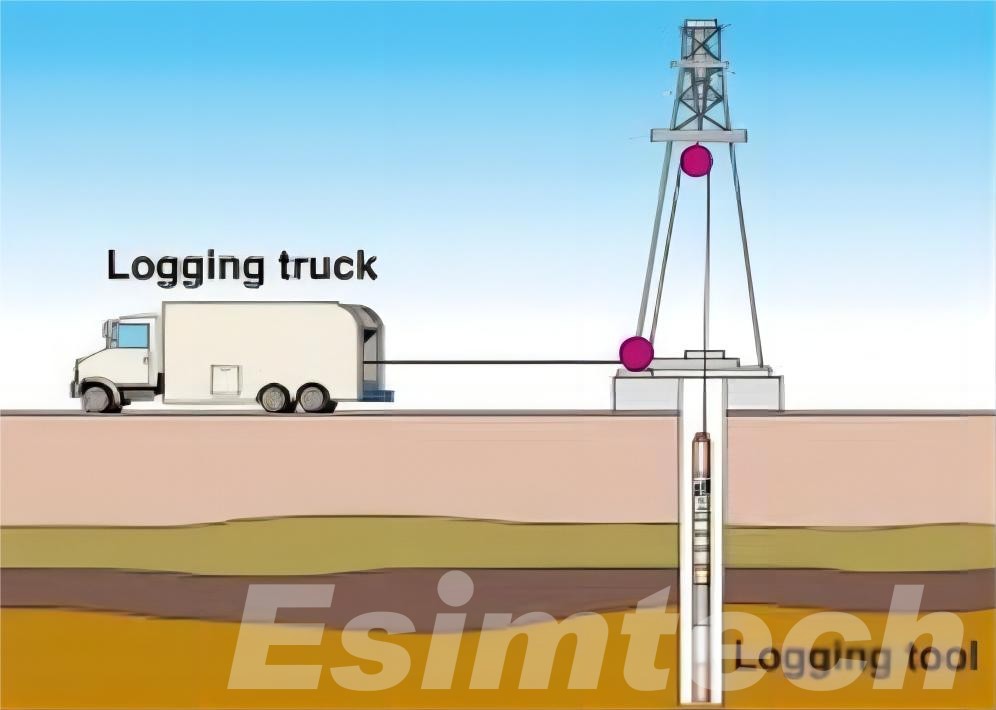
Challenges and Solutions in Well Logging for Carbon Capture and Storage(CCS)
This chart outlines the primary challenges faced in well logging for Carbon Capture and Storage and the corresponding solutions that are being developed and implemented to address these issues.
| Challenges | Description | Solutions |
| High Costs | High expenses for specialized equipment, skilled personnel, and extensive data analysis. | Use of advanced data analytics and AI to reduce analysis time and costs.Development of cost-effective logging tools. |
| Complex Data Interpretation | Difficulties in interpreting complex well log data accurately. | Integration of machine learning and AI for data interpretation. Training and development of specialized data analysts. |
| Integration of Technologies | Combining various well logging techniques and other monitoring methods is technically challenging. | Development of integrated logging tools that combine multiple measurement techniques.Advanced data integration platforms. |
| Environmental and Operational Conditions | Harsh conditions affecting the accuracy and reliability of well logging tools. | Improvement of sensor technology to withstand extreme conditions.Use of robust and durable logging equipment. |
| Regulatory and Public Acceptance | Evolving regulatory frameworks and public concerns about CCS projects. | Collaboration with regulatory bodies to develop standardized protocols.Transparent communication and public engagement. |
| Data Quality and Integration | Ensuring high-quality, comprehensive data for accurate simulations. | Enhanced data acquisition methods and integration technologies.Use of probabilistic approaches for uncertainty management. |
| Uncertainty Management | Managing inherent uncertainties in geological and reservoir models. | Incorporation of probabilistic methods and uncertainty quantification.Continuous refinement of geological models with new data. |
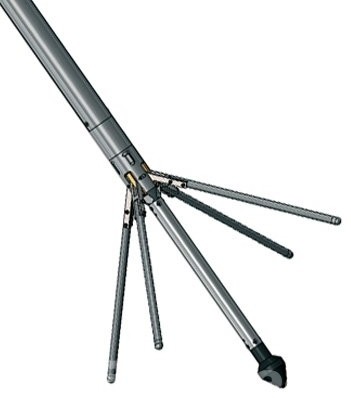
How Simulation is Integrated into Well Logging for Carbon Capture and Storage (CCS)
Well logging is a critical component of Carbon Capture and Storage (CCS) that involves recording detailed information about subsurface geological formations. To enhance the effectiveness of well logging, simulation technologies are used extensively. These simulations help in planning, interpreting data, and predicting the behavior of CO2 within storage reservoirs.
1. Site Selection and Characterization
Simulation Role
- Geological Modeling: Simulations create detailed 3D geological models of potential storage sites. These models integrate data from well logs, seismic surveys, and core samples to provide a comprehensive view of the subsurface.
- Reservoir Quality Assessment: Oil and gas simulations evaluate the porosity, permeability, and cap rock integrity of geological formations, helping identify the most suitable sites for CO2 storage.
Benefits
- Enables a thorough understanding of the subsurface, reducing uncertainties.
- Helps in selecting sites with optimal storage capacity and security.
2. Injection Planning and Optimization
Simulation Role
- Reservoir Simulation: Simulates various CO2 injection scenarios to predict how CO2 will behave in the reservoir. This includes modeling CO2 plume migration, pressure changes, and interactions with reservoir fluids and rocks.
- Injection Strategy Design: Uses simulation results to design optimal injection strategies, including determining injection rates, pressures, and well placements.
Benefits
- Ensures efficient and safe CO2 injection.
- Reduces the risk of overpressure and potential reservoir fracturing.
3. Monitoring and Verification
Simulation Role
- Baseline Establishment: Simulations establish a baseline of expected CO2 behavior in the reservoir, against which actual well log data can be compared.
- Anomaly Detection: By continuously comparing real-time well log data with simulation predictions, operators can detect deviations that may indicate issues such as leaks or unexpected CO2 migration.
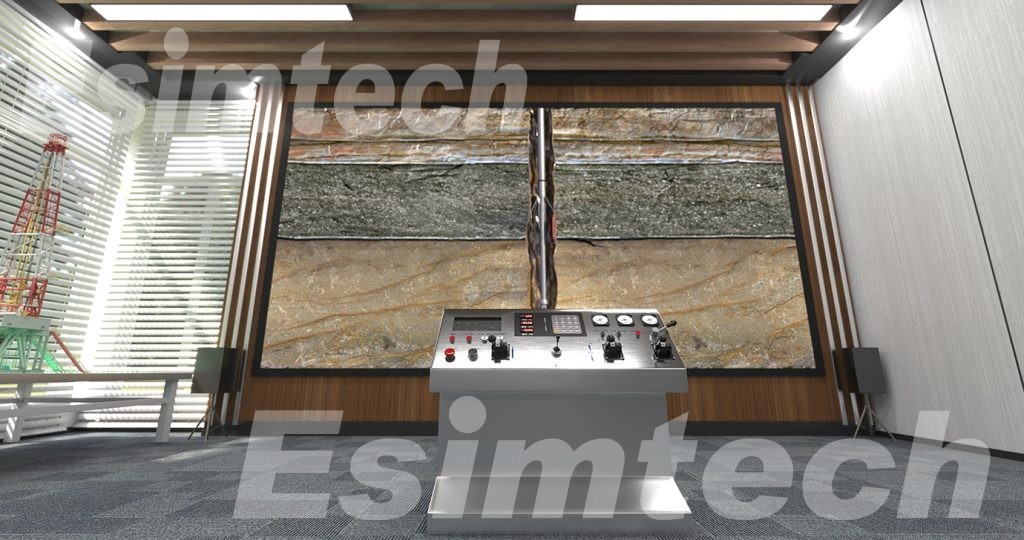
Benefits
- Enhances the ability to monitor CO2 storage in real-time.
- Provides early warning of potential issues, allowing for timely intervention.
4. Risk Assessment and Mitigation
Simulation Role
- Geomechanical Modeling: Simulates the mechanical behavior of the reservoir and cap rock under various stress conditions induced by CO2 injection. This includes predicting potential fault reactivation and induced seismicity.
- Leakage Risk Assessment: Models the potential pathways for CO2 leakage, including faults, fractures, and wellbores, to assess the risk of CO2 escaping the storage formation.
Benefits
- Improves understanding of the mechanical stability of the storage site.
- Helps in developing strategies to mitigate risks, such as adjusting injection parameters or reinforcing wellbore integrity.
5. Long-term Performance Prediction
Simulation Role
- Long-term Behavior Modeling: Simulates the long-term fate of CO2 in the storage reservoir, including potential dissolution, mineralization, and migration over decades to centuries.
- Scenario Analysis: Evaluates various future scenarios to understand how changes in environmental or operational conditions could impact CO2 storage security.
Benefits
- Provides confidence in the long-term stability and safety of CO2 storage.
- Supports regulatory compliance and stakeholder assurance by demonstrating the long-term viability of CCS projects.
6. Data Integration and Interpretation
Simulation Role
- Multiphysics Simulation: Integrates various types of data (geological, geophysical, and hydrological) and uses multiphysics models to provide a holistic understanding of the subsurface conditions.
- Enhanced Data Interpretation: Uses advanced algorithms and machine learning techniques to interpret complex well log data and improve the accuracy of geological models.
Benefits
- Improves the precision and reliability of subsurface models.
- Enhances decision-making by providing a comprehensive view of the storage site.
Conclusion
Well logging plays a pivotal role in the success of Carbon Capture and Storage (CCS) by providing essential data for site characterization, injection monitoring, and long-term surveillance. Simulation plays an indispensable role in well logging for Carbon Capture and Storage, enhancing site selection, injection planning, monitoring, risk assessment, and long-term performance prediction. By integrating detailed subsurface data and sophisticated modeling techniques, simulations help ensure the safe, efficient, and reliable storage of CO2.
